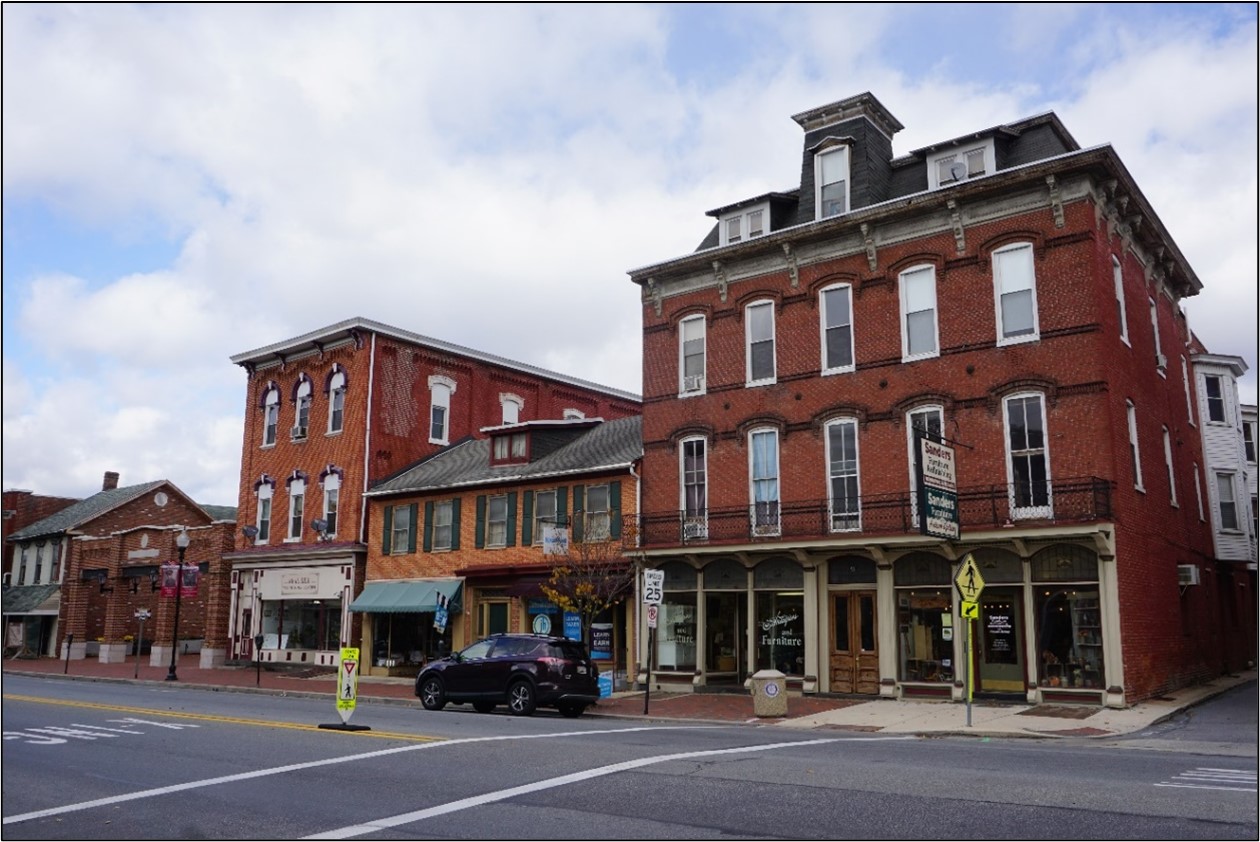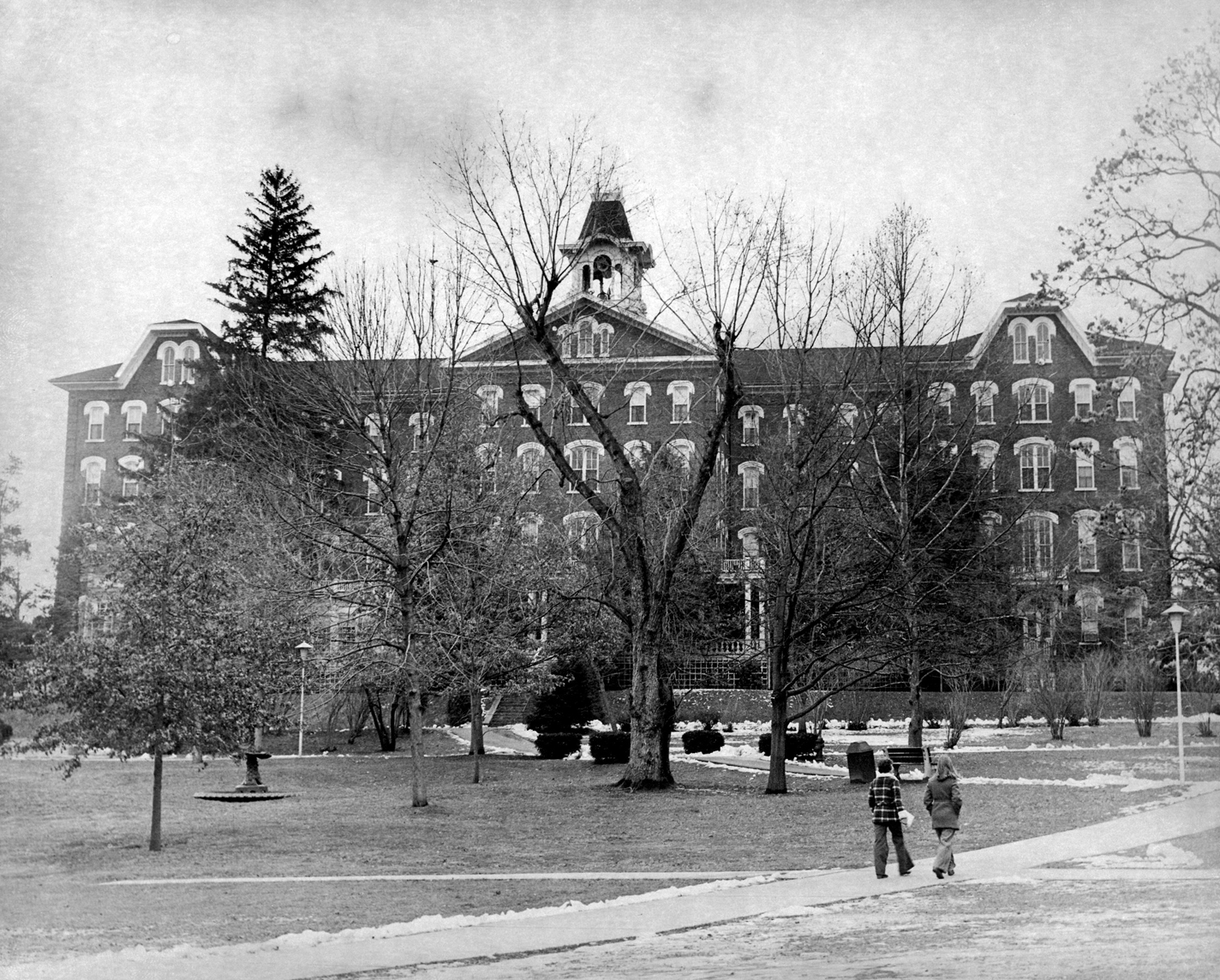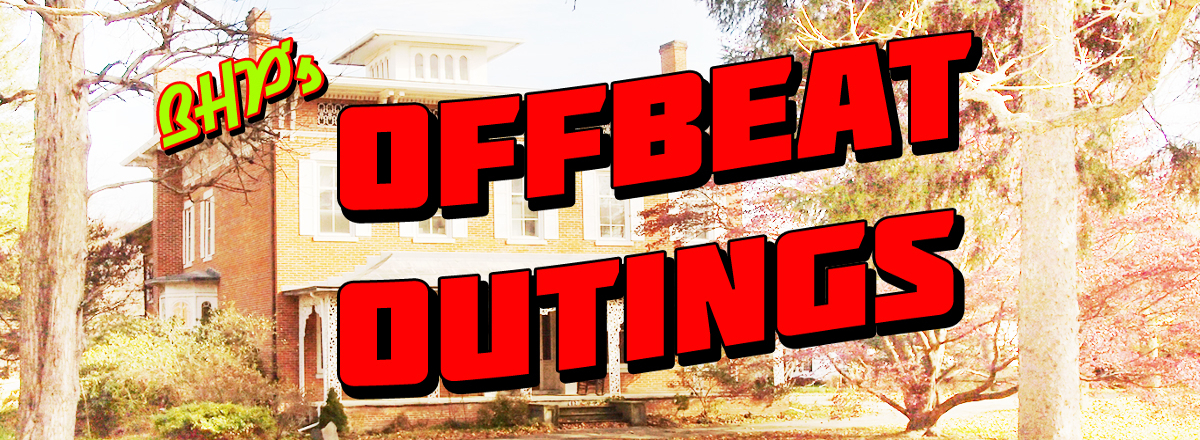A Place In Time is a regular feature in Pennsylvania Heritage Magazine, published quarterly by the Pennsylvania Historical and Museum Commission, and available for purchase at ShopPaHeritage.com. A subscription to the magazine is a benefit of membership in the Pennsylvania Heritage Foundation, the nonprofit partner of the PHMC.

Original Little League Field, 1947. Courtesy of Putsee Vannucci.
Like many boys growing up in the 1930s, the nephews of Williamsport resident Carl E. Stotz (1910-92) were baseball fanatics. After playing countless games of “pitch and catch” with the boys, Stotz promised them that he would develop a game of baseball on a size and scale appropriate for younger players. He kept his promise. In the late summer of 1938, he gathered his nephews and other local boys in Williamsport’s Memorial Park, where he began to experiment with field dimensions for a scaled down version of the game. With folded newspapers representing each base, he took note of the running speed and throwing distance capabilities of the young players. He then determined that his game should have base paths 60 feet in length, rather than the standard 90 feet, and a distance of 46 feet from the pitcher’s mound to home plate, instead of the regular 60 feet, 6 inches. While traditional baseball games last at least nine innings, Stotz realized that was too long and planned his youth games to run only six innings. Continue reading







Recent Comments